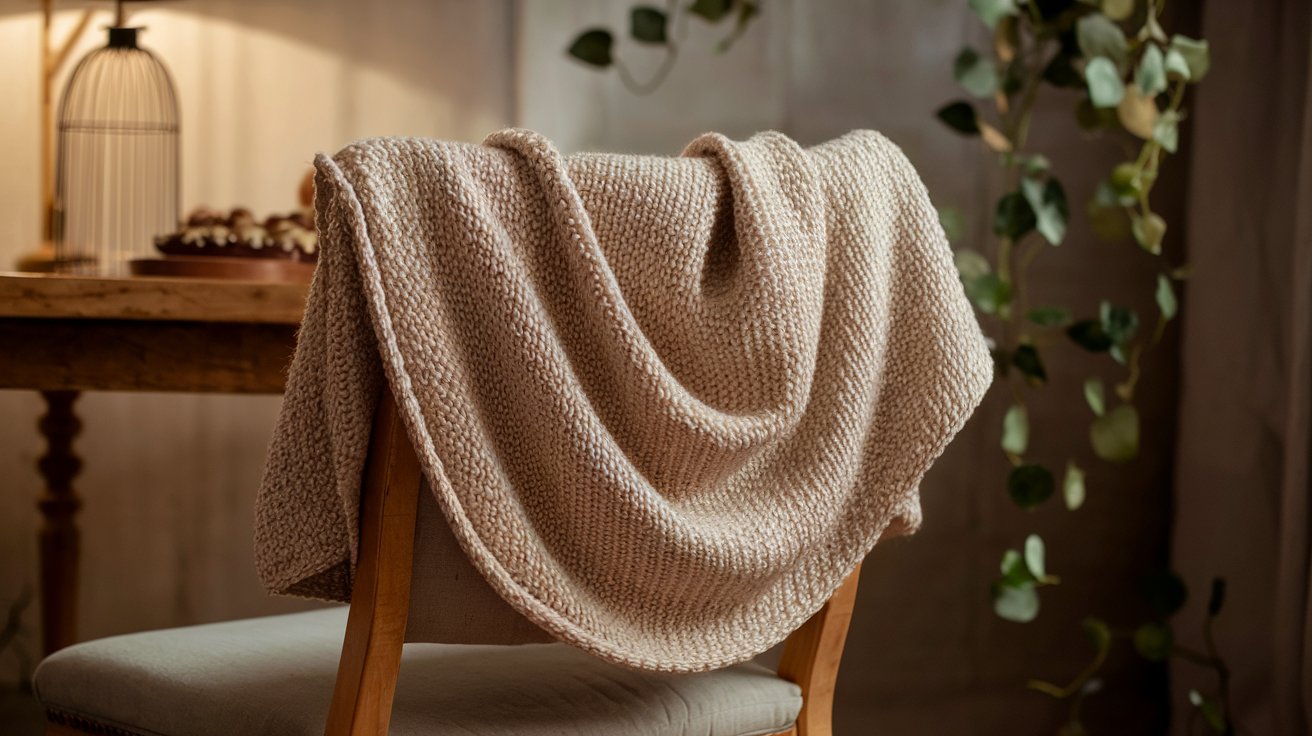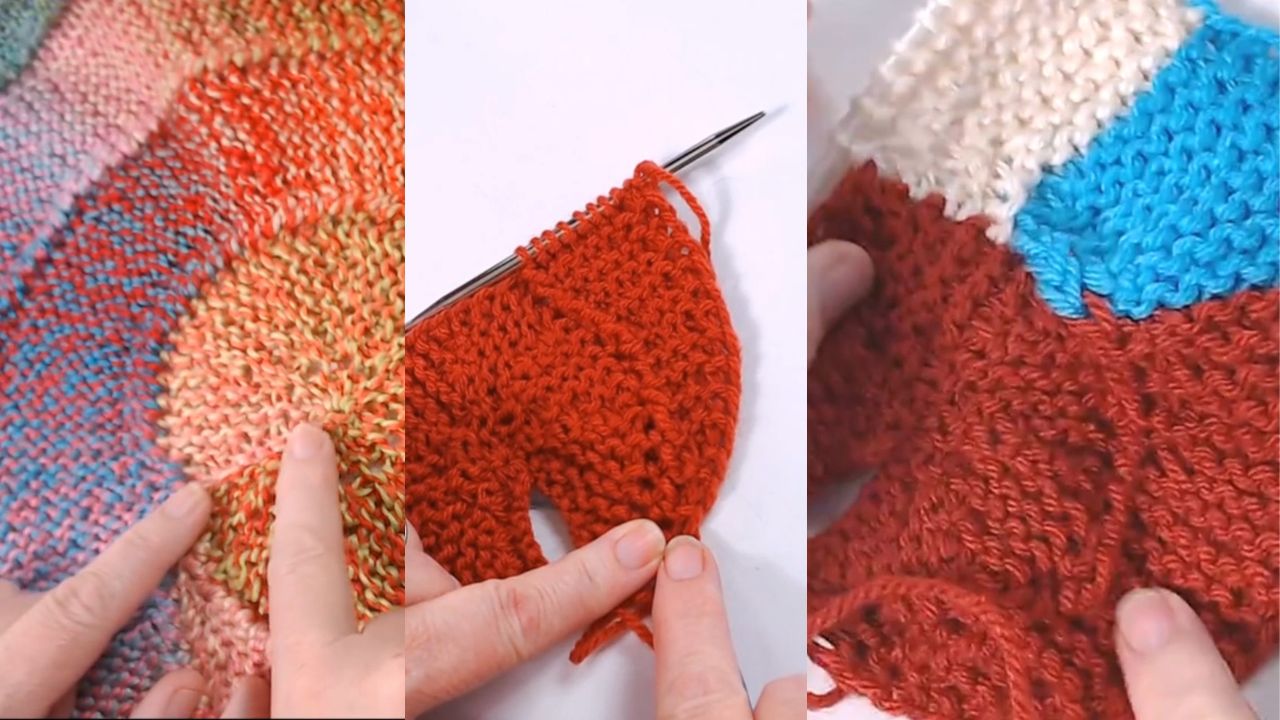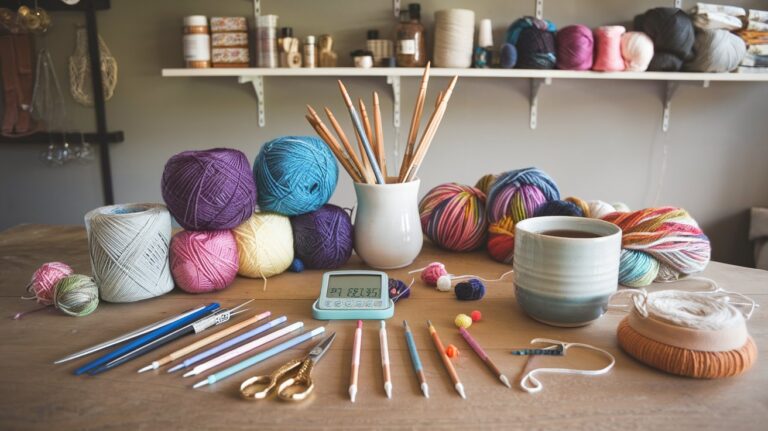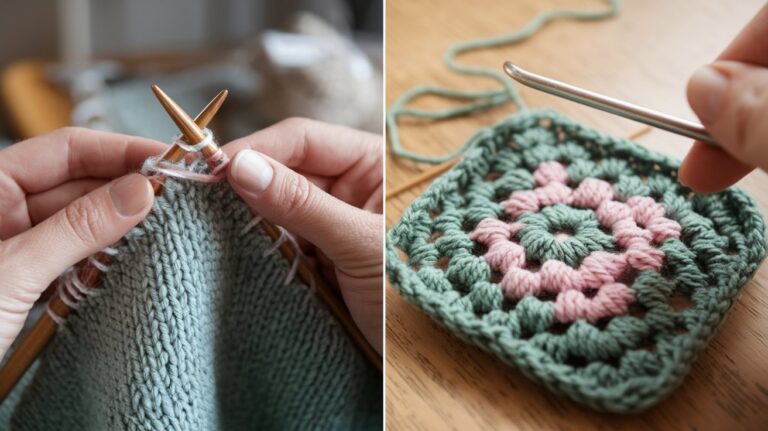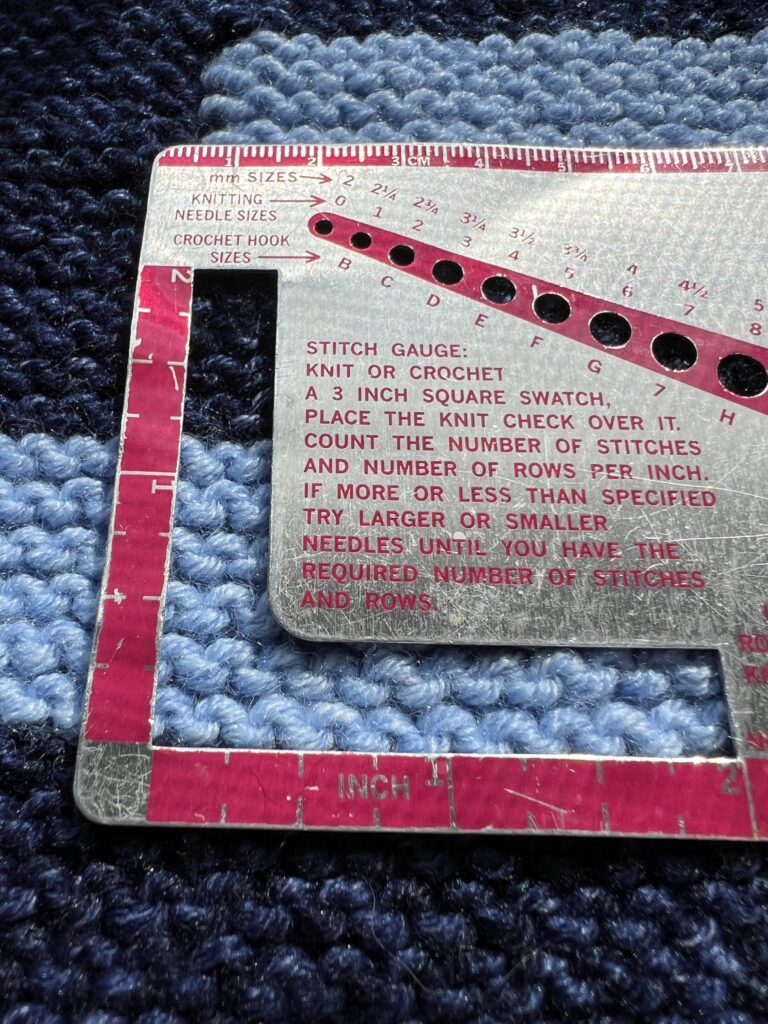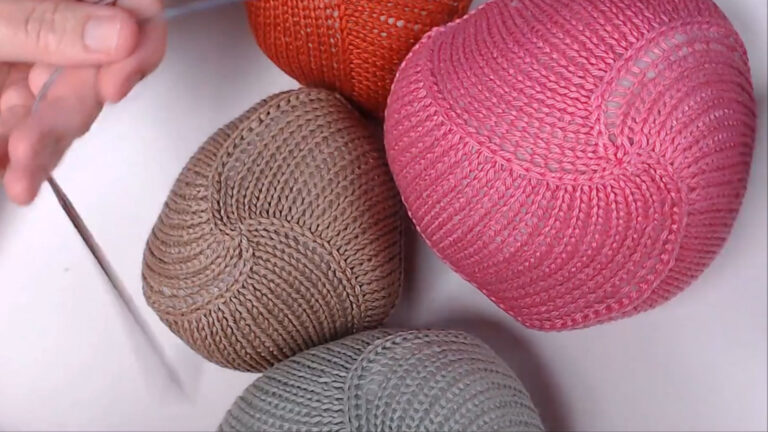Learn the Long Tail Cast On – Easy Step-by-Step Tutorial for Beginners (Part 1)
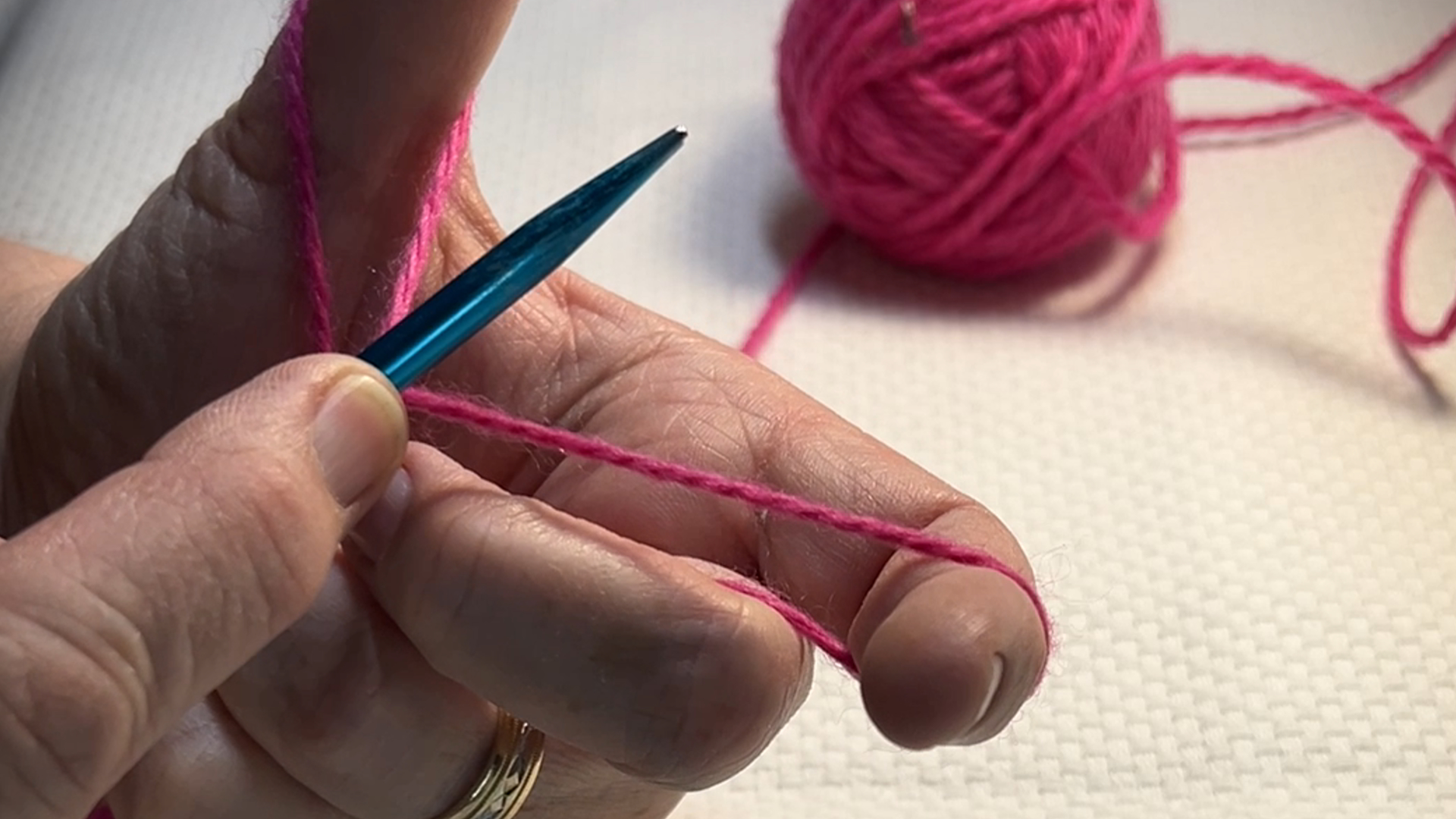
Want a Neat Start to Your Knitting Projects? Try the Long Tail Cast On
If you’re just getting started with knitting, the long tail cast on is one of the most useful techniques to learn. It creates a nice, stretchy edge and is perfect for scarves, sweaters, or just about any project.
In today’s tutorial, I’ll walk you through this cast on method slowly and clearly, just like I do in my brand new YouTube video. I’ll show you how to make a slip knot, hold your yarn, and cast on your first stitches with confidence. 🎥👇
Whether you’re casting on your very first project or just need a refresher, I’ve got you covered. Let’s jump in!
🧵 What Is the Long Tail Cast On?
The long tail cast on is one of the most popular and versatile cast on methods. It’s called “long tail” because you start with a tail of yarn that’s long enough to cast on all your stitches. This tail forms the base of your stitches and the edge all at once.
Why Use It?
- It’s stretchy yet sturdy
- Great for flat knitting (scarves, dishcloths, etc.)
- Works for many patterns
- Leaves a clean, professional edge
📚 How to Do the Long Tail Cast On – Step-by-Step
🪢 Step 1: Make a Slip Knot
You’ll want to start by making a slip knot further down the tail (not too close to the end!).
🧶 Jen’s Tip: I show you how to make the slip knot in the shape of a letter P in the video. It’s super beginner-friendly!
Put the slip knot onto your needle and gently tighten it—just snug enough that it slides easily.
✋ Step 2: Set Up the Slingshot Position
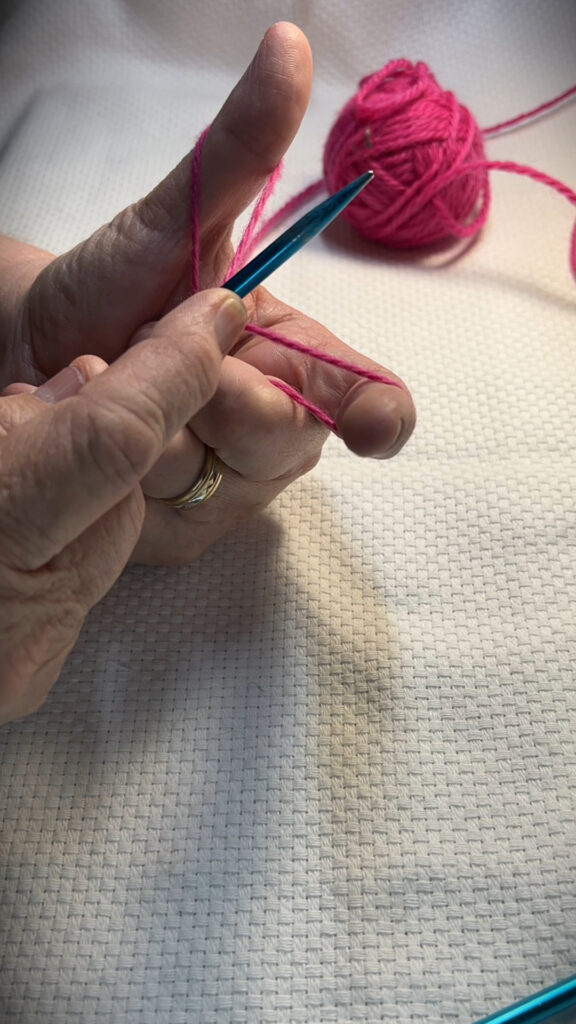
Hold both strands of yarn (the tail and the working yarn from the ball) in your right hand and grab them with your left hand using your thumb and index finger.
- Spread your fingers apart
- Pull back to make a “slingshot” shape with the yarn
- Keep some tension so the loops stay open
This is your casting on position.
🪄 Step 3: Cast On Your Stitches
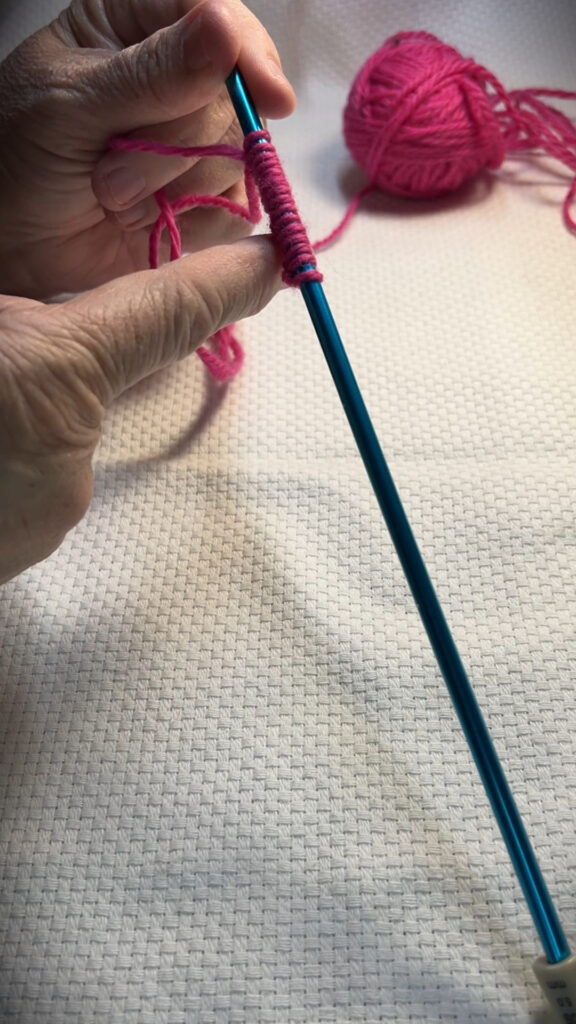
Here’s the rhythm:
- Go under the yarn on your thumb
- Go over the yarn on your index finger
- Bring the needle through the loop on your thumb
- Drop your thumb, pull to tighten
- Put your thumb back in place and repeat
Each time you repeat those steps, you’ll add one stitch to your needle!
You can follow along with me as I do this several times in the video, so you can go at your own pace. 😊
🔢 Step 4: Count Your Stitches
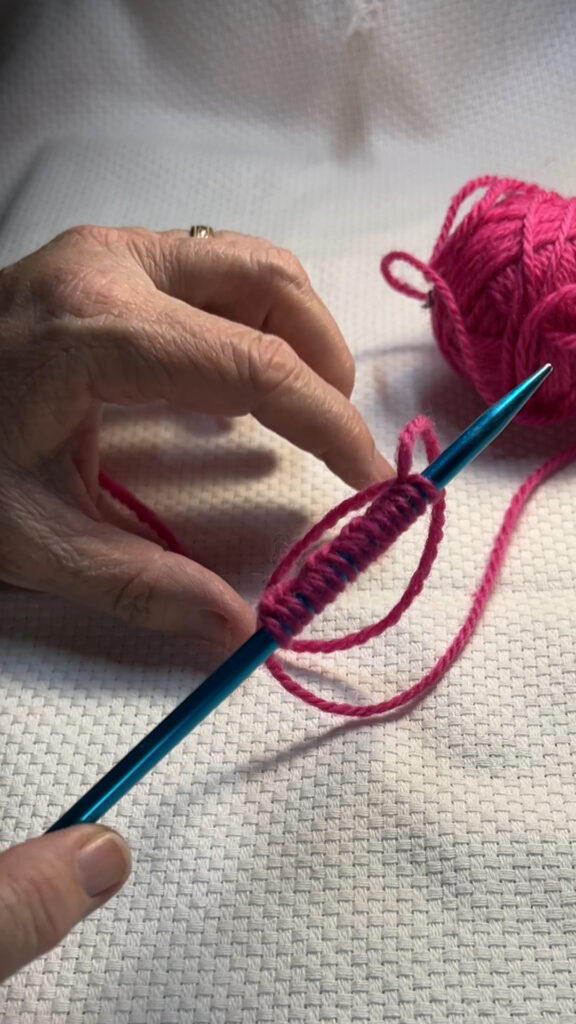
In the video, I cast on 15 stitches. You can cast on as many as your pattern requires.
🧶 Pro Tip: Keep your tension even. You want the stitches snug but not tight—just enough that they glide easily on the needle.
⚠️ Step 5: Don’t Knit with the Tail!
Once your stitches are cast on, double check which yarn you’ll knit with next.
👉 Use the yarn attached to the ball of yarn, not the tail!
This is a common beginner mistake (and I’ve made it too!), but don’t worry—you’ll get the hang of it quickly.
🔗 Related Posts & Resources
Want more help with getting started?
- 10 Must Have Knitting Tools Every Beginner Should Own
- The Ultimate Beginner’s Guide to Yarn: Types, Weights, and How to Choose the Right One
- Watch the full YouTube tutorial
And don’t miss the next video where we learn the knit stitch—that’s where the real magic begins!
💬 Let’s Keep Learning Together
If this post helped you, I’d love for you to join me over on Instagram, where I share reels, behind-the-scenes stories, and more helpful tutorials each week.
✨ And if you’re brand new, check out my free Mindful Knitting video—a gentle, calming way to begin your knitting journey with peace and purpose. You’ll find the link at the top of my blog!

